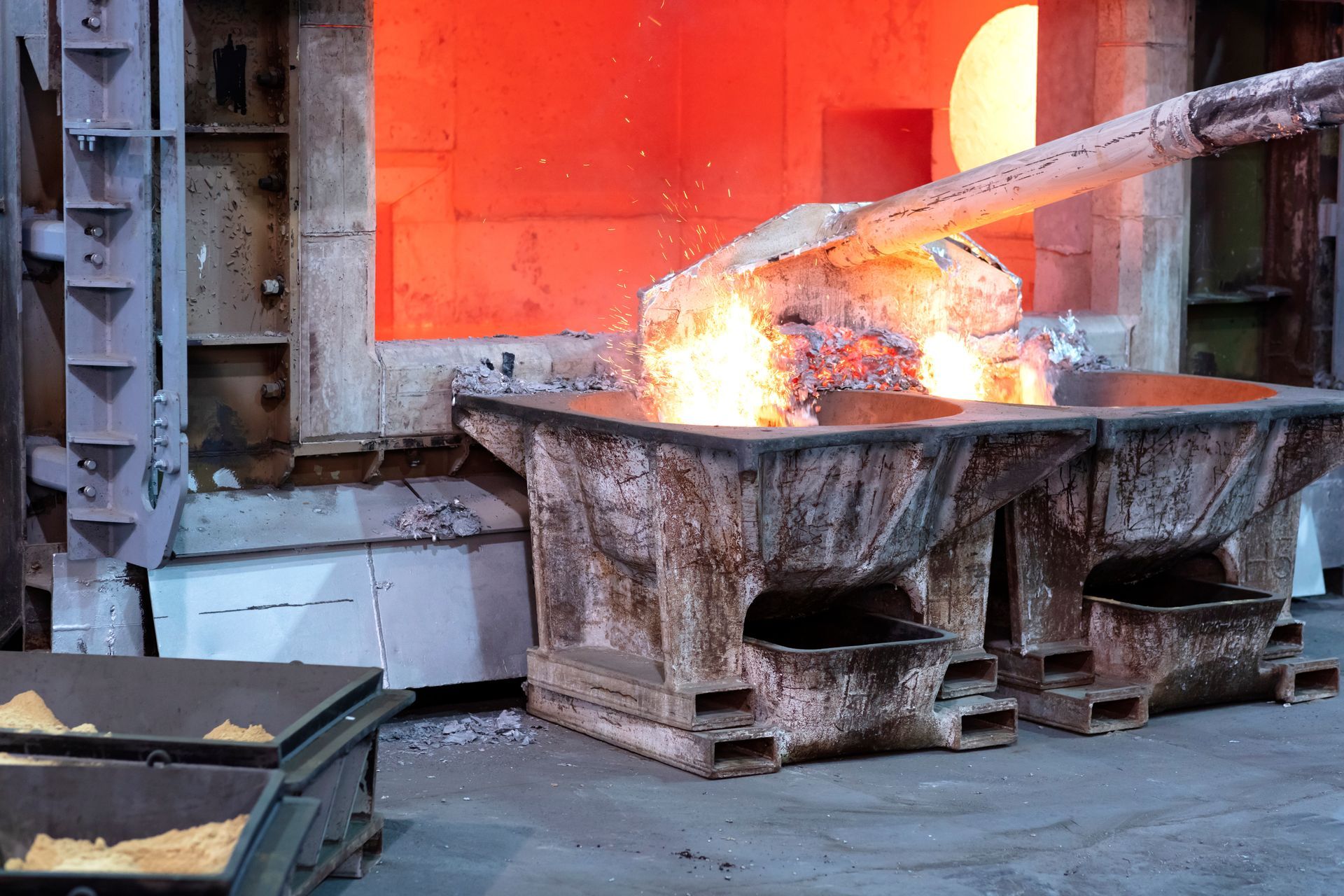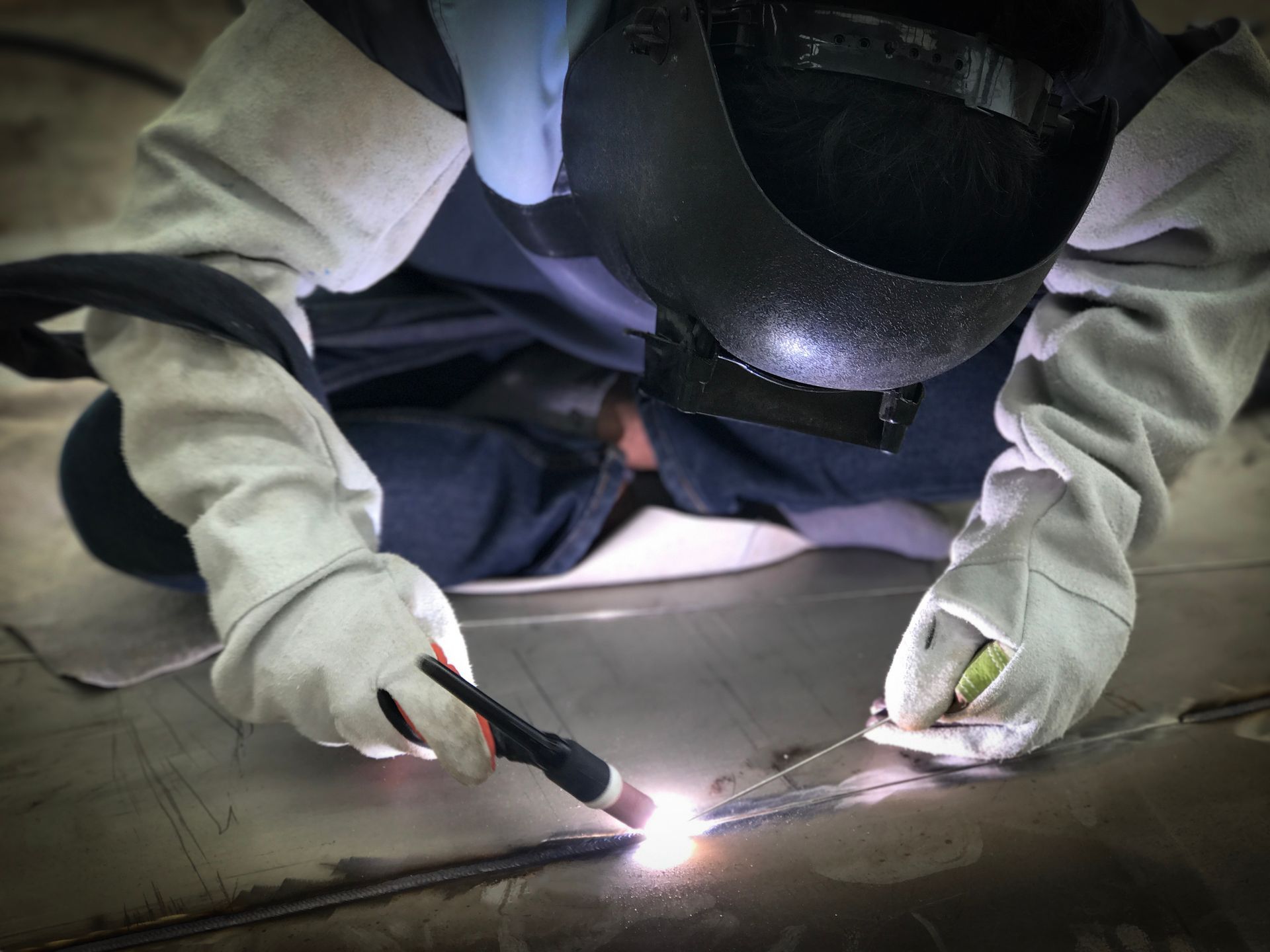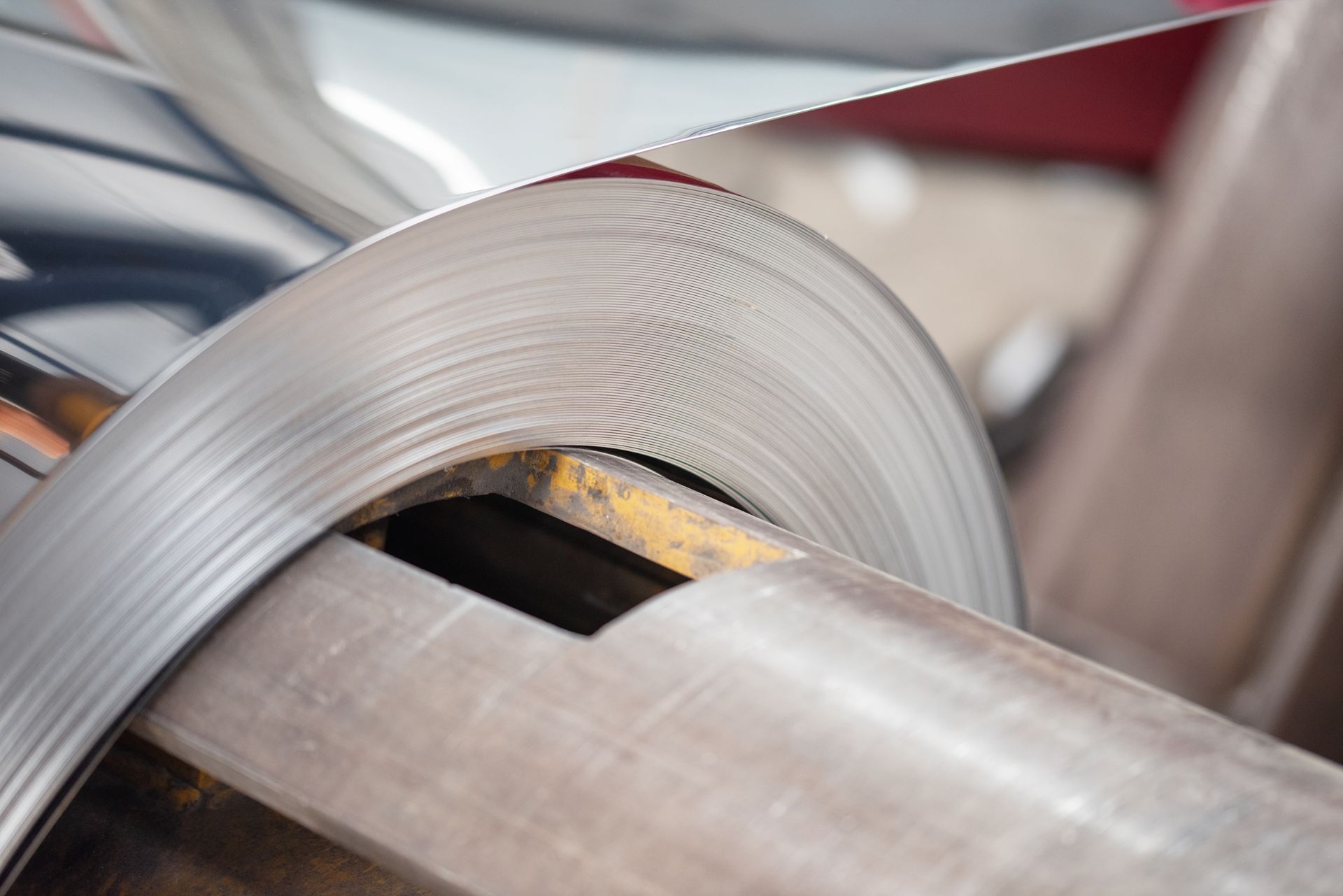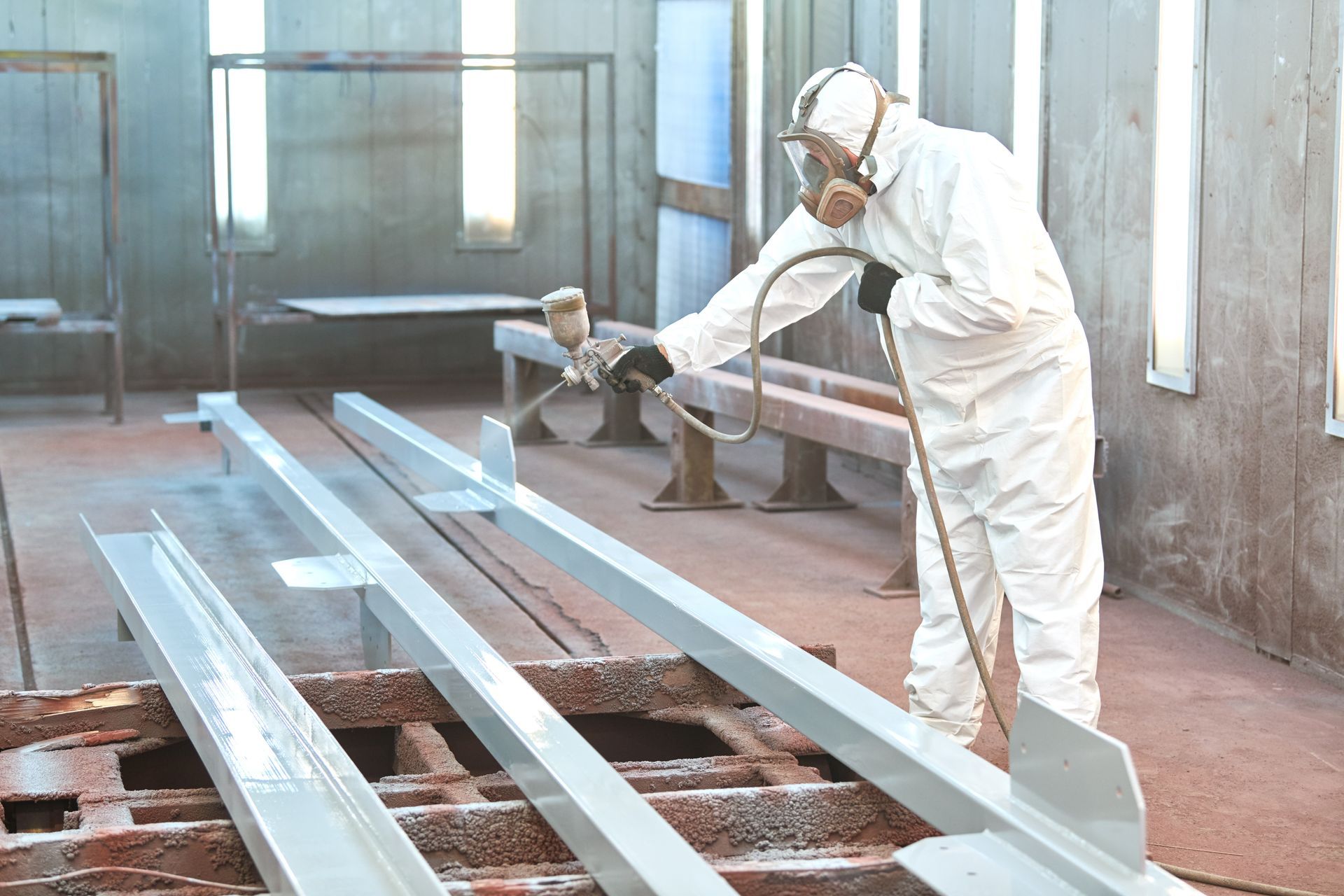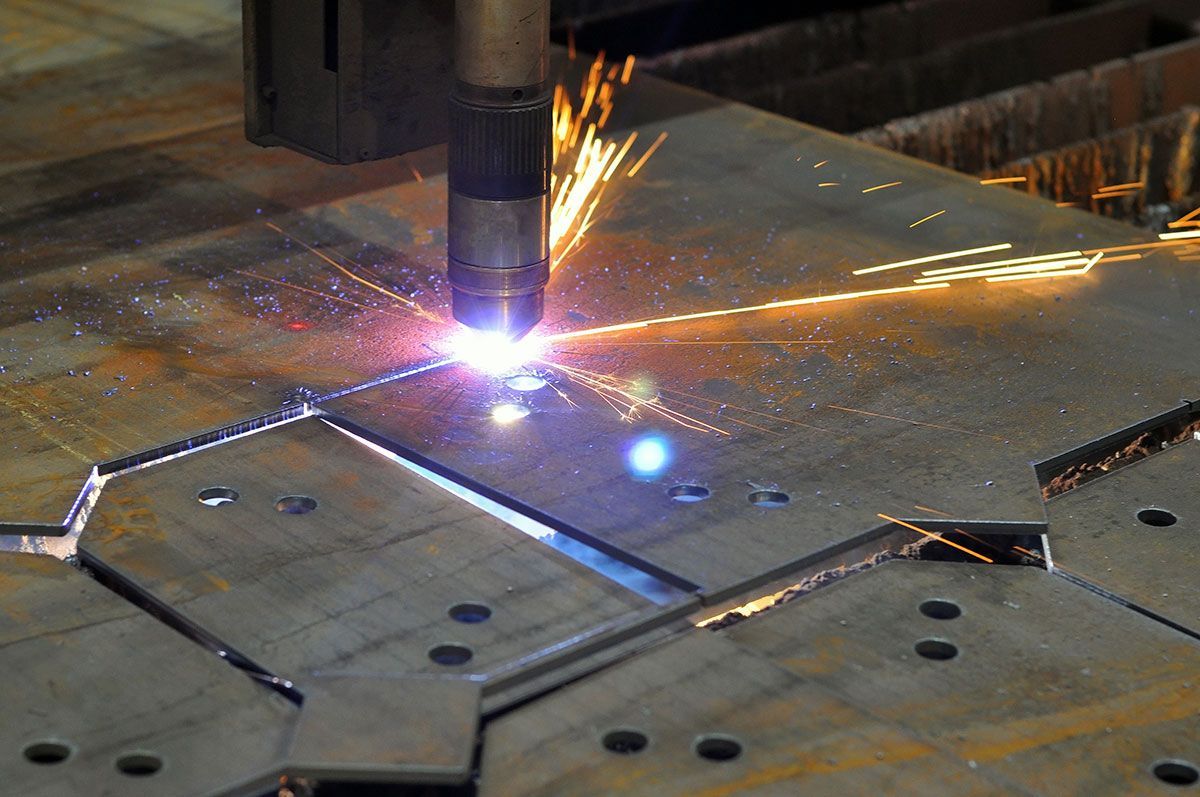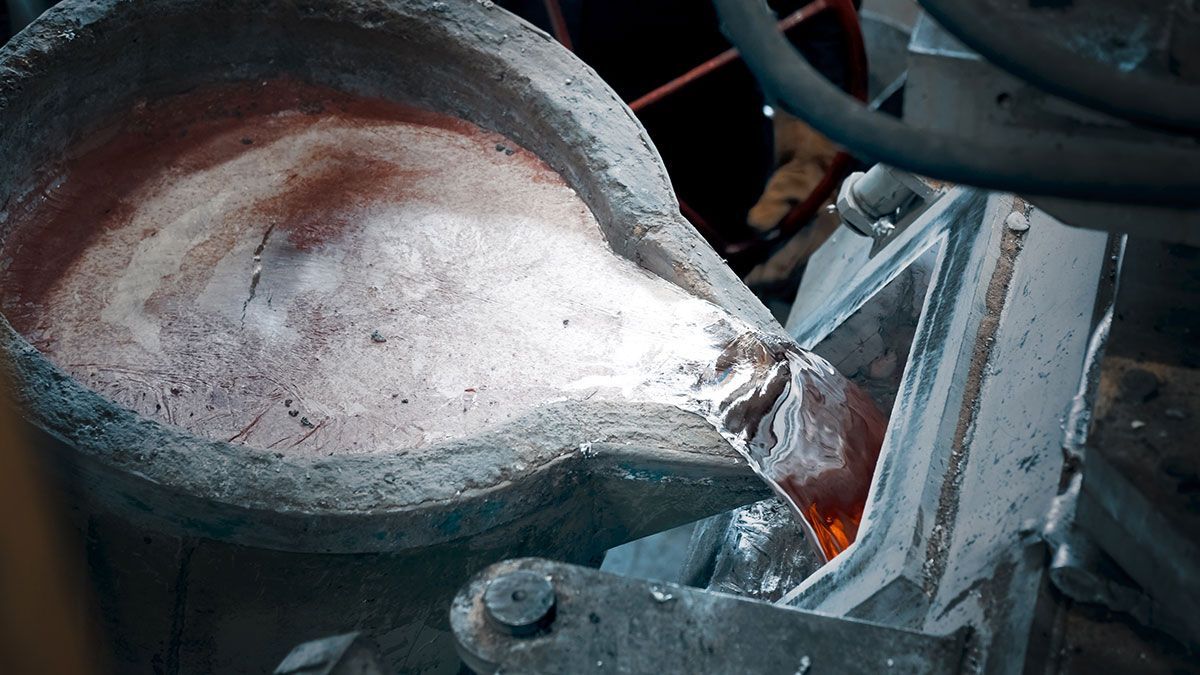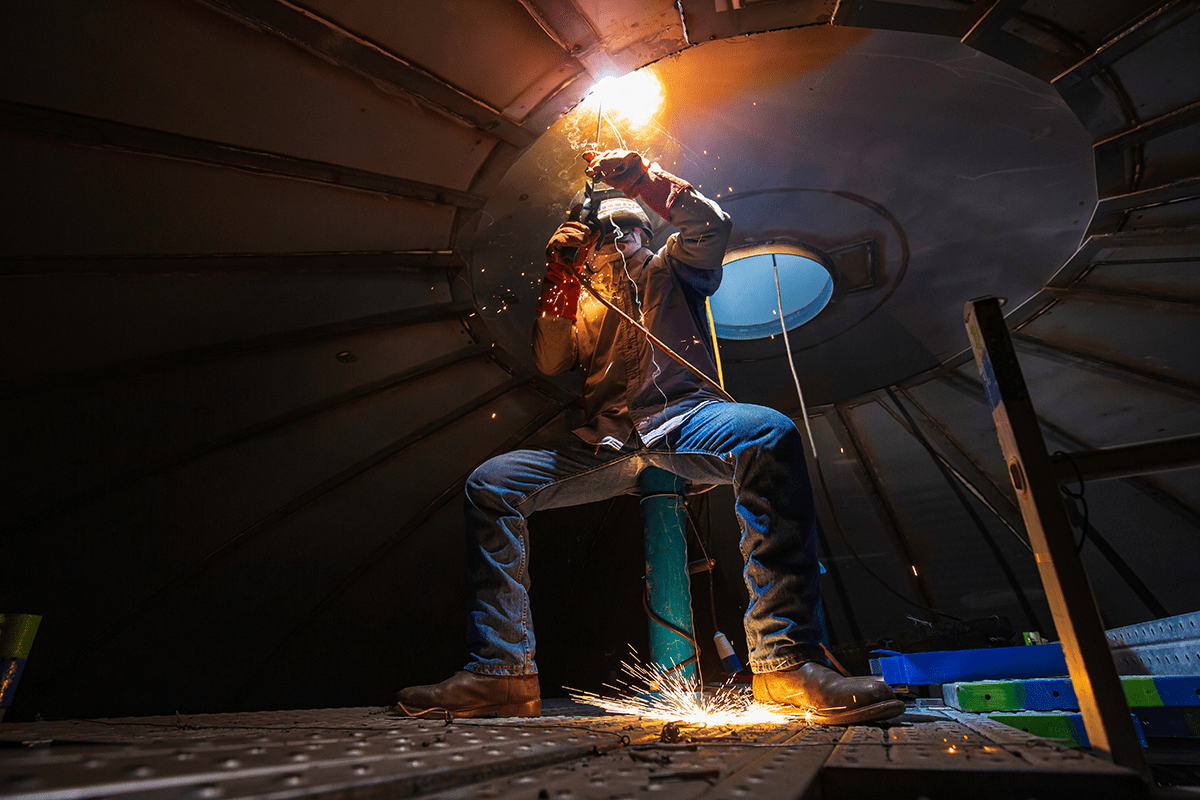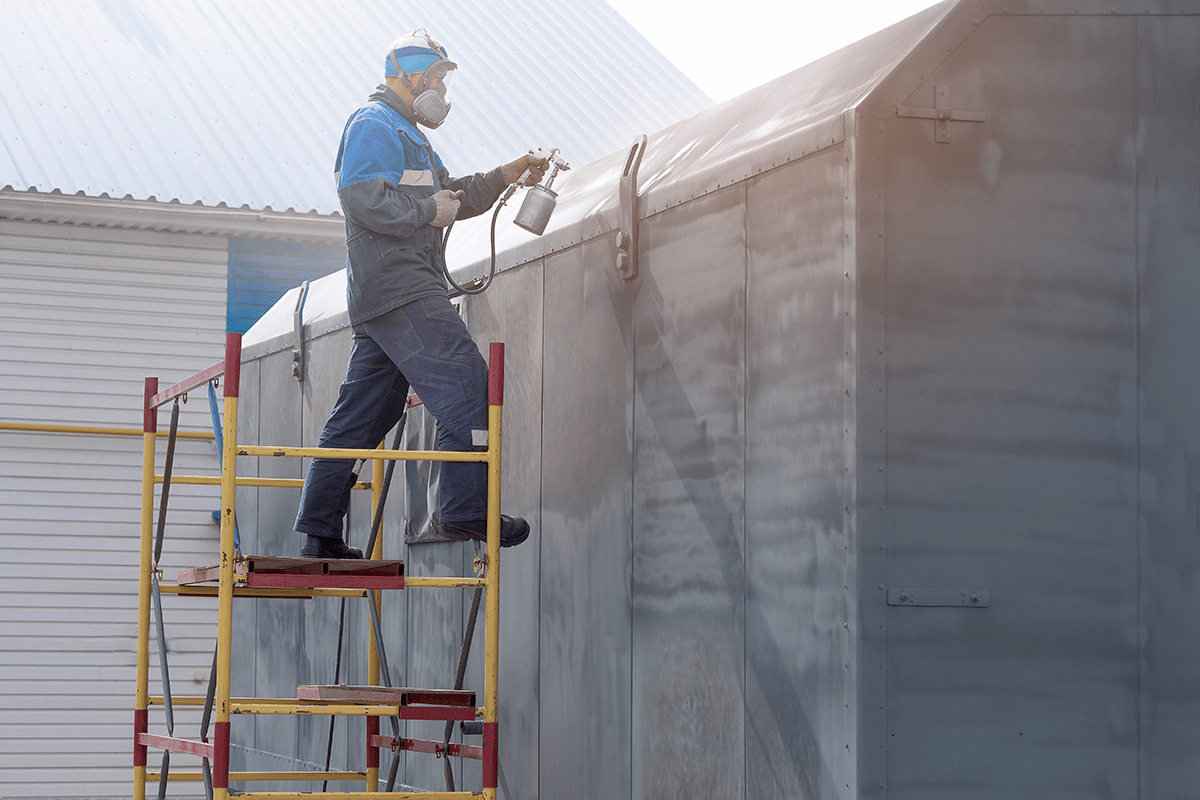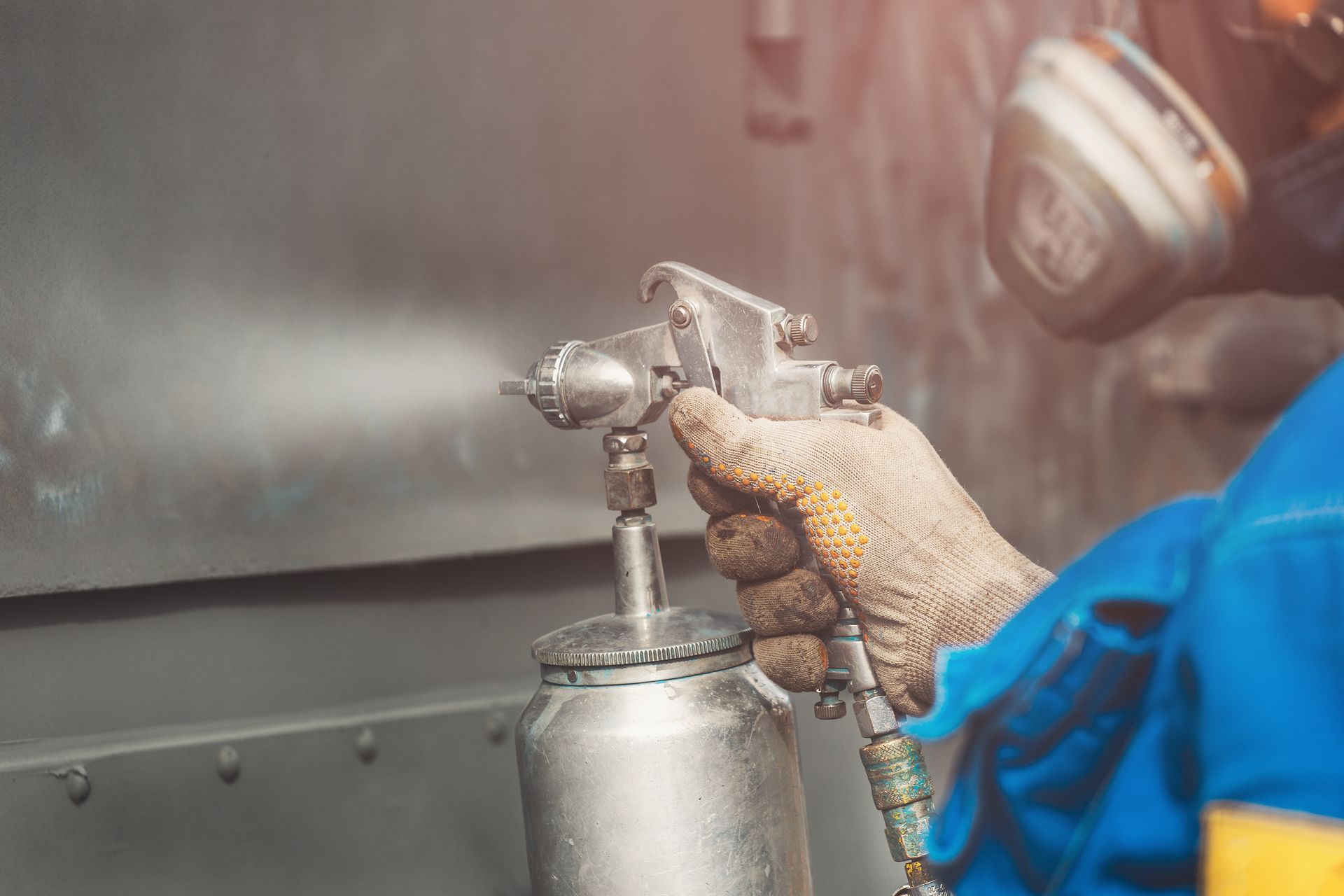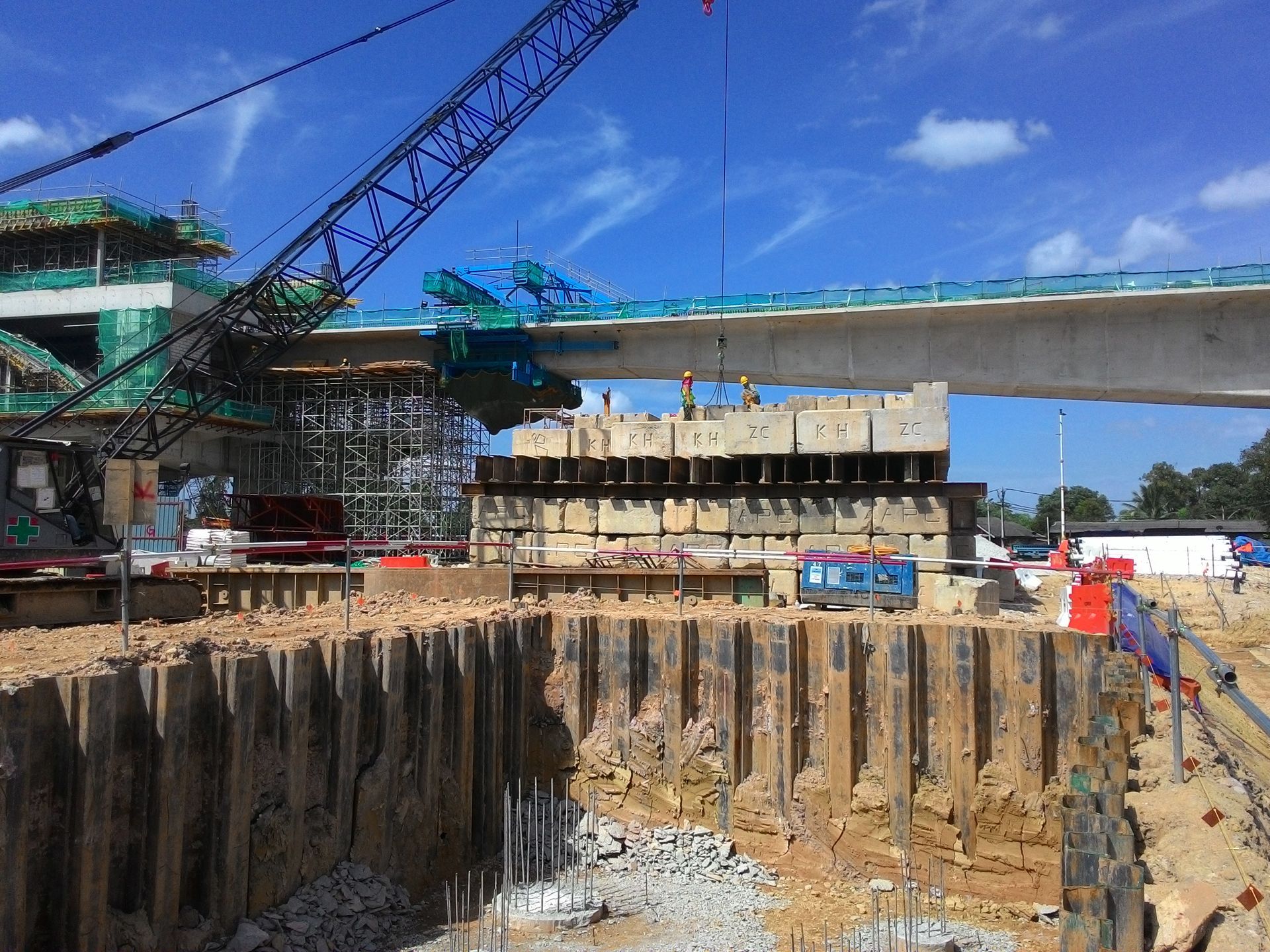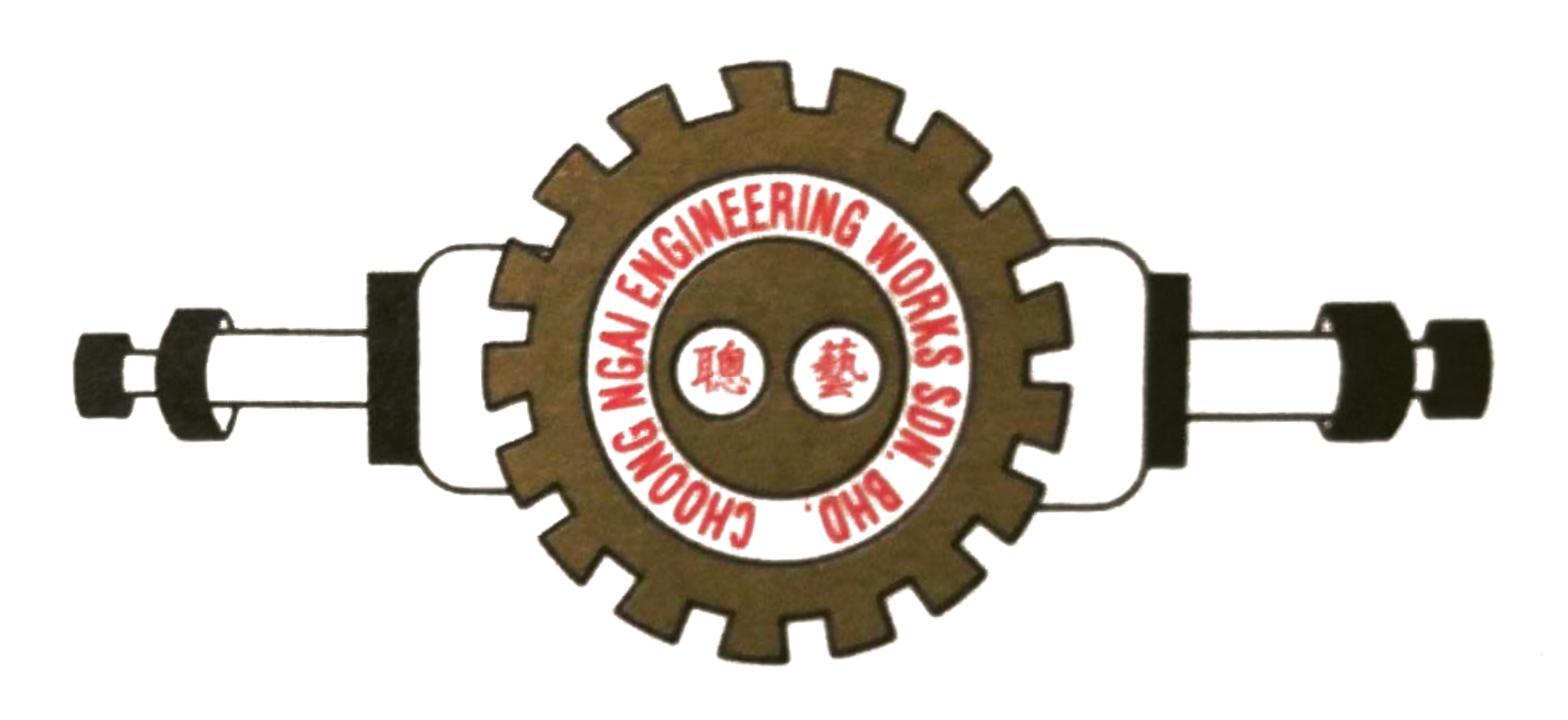Industrial Platform Maintenance: 6 Common Issues and Solutions
Industrial platform maintenance is essential across manufacturing, construction, and heavy industries. Yet these tasks can be all too easy to overlook, leading to structural damage, safety risks, and costly downtime.
In this article, we examine 6 of the most common platform issues and outline practical solutions that will help keep your operations safe, compliant, and efficient.
Structural Instability
When a platform begins to show signs of weakness, such as cracks, warping, or noticeable movement, this instability poses a major risk. Whether it’s due to wear over time, improper installation, or environmental factors, structural instability can lead to accidents and production downtime.
How Does Metal Piling Ensure Structural Stability?
When a platform begins to show signs of weakness, such as cracks, warping, or noticeable movement, this instability poses a major risk. Whether it’s due to wear over time, improper installation, or environmental factors, structural instability can lead to accidents and production downtime.
Solution
Addressing structural vulnerabilities promptly can safeguard both workers and equipment from harm by taking steps such as:
- Conducting Regular Checks: Carry out frequent inspections of your industrial platform and promptly address minor damage before it escalates into a more significant issue.
- Using High-Quality Materials: Opt for robust materials such as steel or reinforced aluminium that withstand operational stresses and environmental conditions.
- Professional Repairs: Engage qualified personnel to assess damage and carry out maintenance of the industrial platform. Do not resort to temporary fixes as they can compromise the platform’s integrity and lead to more extensive problems over time.
Slippery Surface
Whether it’s caused by spillage, accumulated debris, or environmental conditions, a slippery surface is dangerous under normal circumstances, let alone on industrial maintenance lifts. Because these platforms are elevated and frequently bear heavy loads, maintaining adequate traction is even more critical to prevent slips, falls, and other serious accidents.
Solution
Ensuring sufficient grip and eliminating potential hazards can significantly reduce slip-and-fall incidents on your industrial platform, so make sure to:
- Use Anti-Slip Coatings or Treatments: Apply specialised surface coatings or mats that enhance traction. These should be monitored regularly and reapplied if worn.
- Implement Regular Cleaning: Establish a strict cleaning schedule to remove spillage, oil, or debris that might compromise footing.
- Conduct Frequent Inspections: Check for worn or peeling anti-slip surfaces and replace them promptly to maintain safe conditions.
Insufficient Load Capacity
We understand that in busy work environments, making multiple trips up and down an industrial platform can seem like a hassle. It’s tempting to load everything at once to save time. However, when a platform is used beyond its intended load rating, the added weight puts undue stress on structural components. This can lead to premature wear, instability, and even sudden failure, posing serious safety risks for both workers and equipment.
Solution
To ensure your platform can handle the weight demands of your operation without compromising safety, you should:
- Adhere to Load Ratings: Establish clear signs and guidelines indicating the platform’s maximum capacity to prevent overloading.
- Switch to a Platform Rated for Higher Loads: When operational requirements exceed your current platform’s limits, consider investing in or upgrading to a design that offers greater load-bearing capability.
Limited Accessibility
Limited entry points or poorly arranged layouts can hinder accessibility on and off industrial platforms. This not only disrupts workflow but may also increase congestion, raising safety risks as personnel become confined to narrow zones. In emergencies, restricted access can delay evacuations and lead to overcrowding, heightening the potential for accidents or injuries.
Solution
Enhancing accessibility not only boosts workflow efficiency but also reduces congestion-related hazards, which can be achieved by:
- Considering Mobile Platforms: Opt for platforms designed to be moved and repositioned easily, allowing you to adapt to changing workspace needs or accommodate temporary projects.
- Keeping the Space Around It Clear: Ensure aisles and surrounding areas remain unobstructed to reduce congestion and enable swift movement in case of emergencies.
- Using the Platform Only as Intended: Avoid repurposing the platform as a storage area or makeshift workstation, as clutter can impede access and compromise safety.
Corrosion and Rust
If your industrial platform is exposed to the weather and other harsh elements over extended periods, there is a real possibility it could corrode or rust. In chemical environments, exposure to corrosive agents can further accelerate metal deterioration. When left unchecked, corrosion weakens the platform’s structural integrity and can lead to unsafe working conditions.
Solution
Preserving your platform’s structural integrity in corrosive environments involves taking proactive measures, including:
- Applying Protective Coatings: Use paint, powder coatings, or galvanisation to shield metal components from moisture and corrosive substances.
- Considering Environmental Considerations: If platforms are exposed to corrosive environments, consider using stainless steel or other corrosion-resistant materials.
Lack of Safety Features
Guardrails and toe boards may seem like minor additions to an industrial platform, but they can mean the difference between a safe working environment and a serious accident. These features help prevent slip-and-fall incidents and keep tools or materials from rolling off the edge. A lack of these essential safeguards may also violate the Occupational Safety And Health Act (OSHA) 1994, potentially exposing your operation to legal repercussions.
Solution
Maintaining proper safety features helps protect employees while keeping your business compliant with regulations, so be sure to:
- Purchase Platforms with Required Safety Features: When buying or upgrading an industrial platform, confirm that it includes guardrails, toe boards, and other mandated safety components.
- Repair or Replace Damaged Parts: If existing safety features are corroded, bent, or otherwise compromised, promptly repair or replace them. These acts of maintenance not only help the industrial platform remain compliant with regulations but also protect workers from potential accidents.
- Conduct Regular Audits: Conduct routine checks to ensure all safety components remain in good working condition. Address any deterioration immediately to maintain a consistently secure platform.
Looking for Industrial Platform Maintenance Services in Malaysia? Choose Choong Ngai Engineering!
If you are looking for professional and reliable industrial platform maintenance solutions, Choong Ngai Engineering is here to help.
Contact us today to learn more about our comprehensive services and discover how our expert team can keep your platforms safe, compliant, and running at peak performance.
